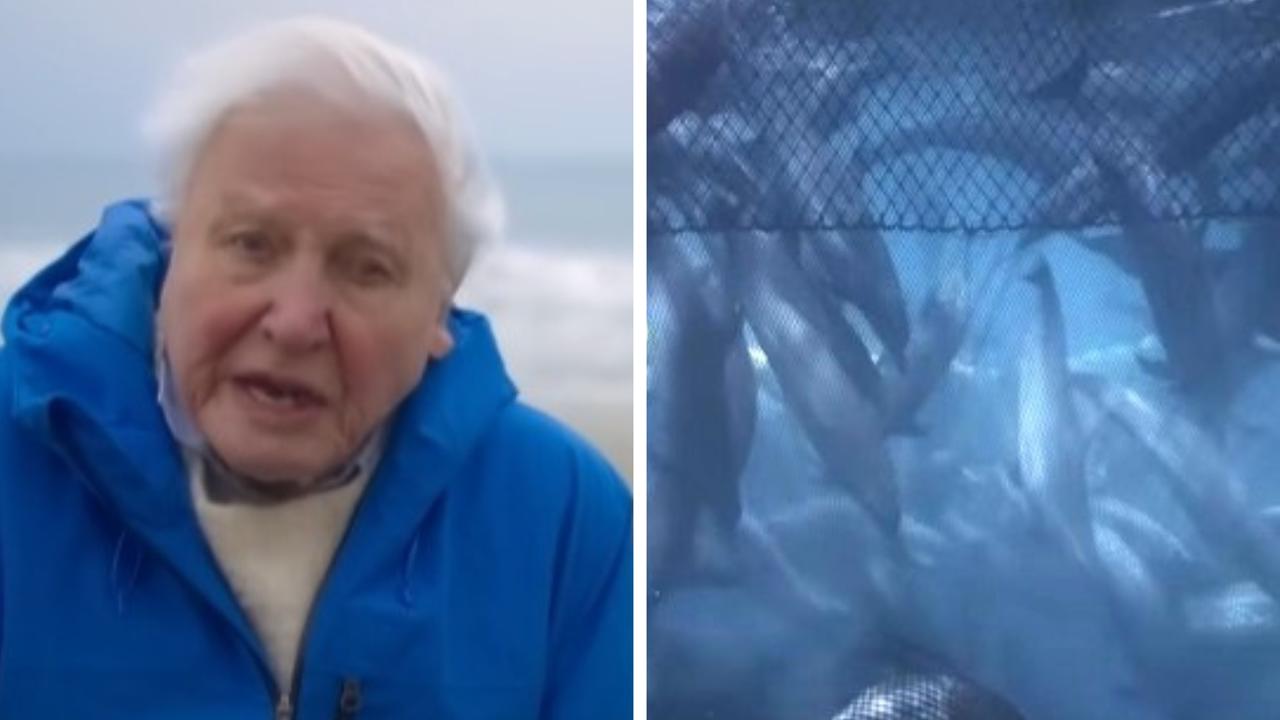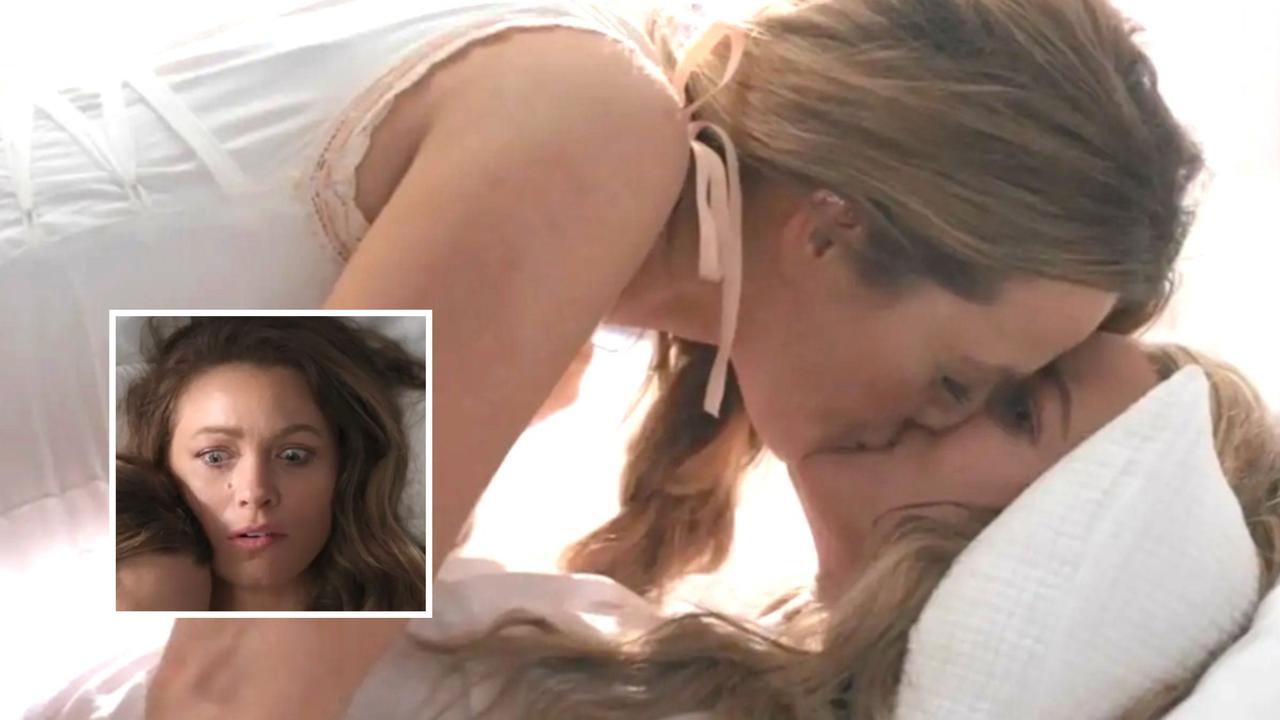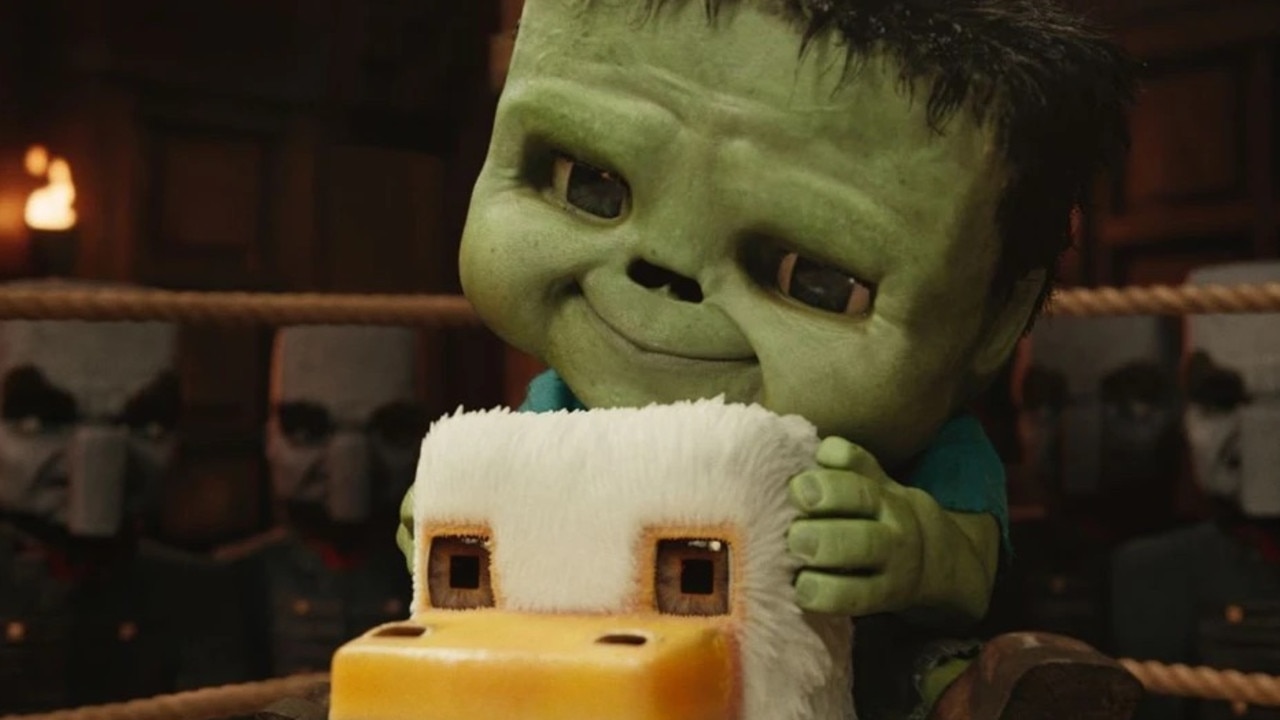Why is there’s no woman lead superheroes in Marvel films?
ALMOST 50 per cent of cinemagoers seeing Age of Ultron this weekend will be female. But why are only 20 per cent of the Avengers women?

New Movies
Don't miss out on the headlines from New Movies. Followed categories will be added to My News.
MOVIEGOERS will be out in droves across the country this weekend splashing out in the vicinity of $15 to $20 million to see Avengers: Age of Ultron.
They’ll witness Iron Man, Captain America, Thor, Hawkeye, Black Widow, War Machine and The Falcon save the world again, with the addition of three new superheroes: Scarlet Witch, Quicksilver and Vision.
AVENGERS STARS SORRY OVER ‘SLUT-SHAMING BLACK WIDOW
MOVIE REVIEW — AVENGERS: AGE OF ULTRON

And if audience patterns follow the US trend of the last Marvel ensemble piece, last year’s Guardians of the Galaxy, the audience for Age of Ultron will be at least 44 per cent female.
So why, if females make up so much of the Avengers audience, do they only make up 20 per cent of the frontline Avengers superheroes?
It’s not just a genre problem — it’s institutional, says Dr Liz Giuffre, Lecturer in Media, Music and Cultural Studies at Macquarie University in Sydney.
“The reason there isn’t a good female lead superhero in film is because we’re still not good at female lead figures generally — particularly not recurring ones.
“With the odd exception in the mystery genre — think Agatha Christie’s Miss Marple — we tend to think of a ‘hero’ or ‘lead’ as male: Sherlock Holmes, James Bond, Harry Potter. Where women feature, they have different jobs; they mostly end up being assistants of some kind.
“Go back to Shakespeare and the protagonists have the same problem: Hamlet, Macbeth, King Lear. Women were present, but in roles only key in relation to the man.”

The lack of female superheroes is a dilemma the Hollywood studios holding the rights to comic-book properties have been sluggish to act on.
The spectre of two epic failures — Halle Berry’s Catwomanin 2004 and Jennifer Garner’s Elektrain 2005 — looms so large as to have built an iron(man)-clad excuse not to go there.
Given the positive response to Scarlett Johansson’s Black Widow in Avengers and Zoe Saldana’s Gamora in Guardians, Marvel Studios boss Kevin Feige was last year asked why he had yet to green-light a solo female superhero flick.
He ummed and aahed about “timing”, but concluded “it certainly can be done”.


Along the way he also declared it “unfair to say, ‘People don’t want to see movies with female heroes,’ then list five movies that were not very good”.
So, the Catwoman/Elektra excuse is out.
The Marvel Universe has now committed to getting it done by November 2018 with Captain Marvel ... but only after solo outings for bloke heroes Ant-Man, Captain America, Doctor Strange, Spider-Man (a co-production with Sony), Thor, Black Panther and another instalment each of Guardians and Avengers.
Warner Bros/DC Comics will be slightly quicker to the well-manicured punch: after introducing Wonder Woman (played by Gal Gadot) to the revamped DC Universe in 2016’s Batman v Superman: Dawn of Justice, the Amazonian warrior will at long last get her own movie in June 2017.
While these are the only solo female titles on a superhero movie release slate that stretches to 2020, the tide is turning on other fronts.
Jarrod Welsh, a clerk at Melbourne’s Bourke St store Classic Comics, says female superhero material for movie studios at the source — comic books — is only growing.
“There is no lack of it on the shelves, including buzz books like Batgirl, Ms Marvel, Harley Quinn and Spider-Gwen — all great sellers with a healthy presence online.”
And this week, Warner Bros/DC announced a partnership with Mattel to create everything from online videos to action figures under the banner DC Super Hero Girls. Aimed at 6-12 year olds, the characters include teen versions of Supergirl, Batgirl, Wonder Woman and Poison Ivy.

The most glass-ceiling-shattering move in the comic book domain came last October, when a new Thor picked up the hammer in Marvel’s latest series — Thor is now the Goddess, rather than God, of Thunder.
“Since Marvel turned Thor into a woman, Classic Comics has seen that title grow to the strongest sales it has ever had,” says Welsh, pointing out it’s selling to both males and females. “Is that because it’s a stunt? Or a cash grab on a growing market? Hardly. It’s because the story is strong.
“Tell me a good story and I’m in for the long haul, be it comic books, TV shows or movies.”
If the main force of change in Hollywood is cold hard cash, the question must be asked why the superhero genre is lagging behind other proven box office successes.
In the YA (young adult) genre, The Hunger Games — whose heroine is arrow-slinging teen Katniss Everdeen — delivered Australia’s highest-grossing film of 2014.
Another female-fronted dystopian YA, The Divergent Series: Insurgent, has grossed $340 million worldwide since March.
Then there is the vault-filling success of Disney films Cinderella and Frozen. Disney has been vocal about ensuring those titles appeal to boys as well as girls.
Once we get past the tweens and teens, however, the number of femmes considered “strong” enough to carry any kind of action flick amounts to less than a handful: Angelina Jolie, Sigourney Weaver in Alien, Uma Thurman in Kill Bill and, after last year’s $600 million hit Lucy, Johansson.


Do females stop wanting to see kick-butt representations of themselves the day they turn 18?
“The problem is thinking that female fairytale characters are ‘strong’ or ‘kick-a---’,” responds Dr Giuffre. “Cinderella, Snow White, Sleeping Beauty — these are prominent females but they’re not strong in the same way men are allowed to be strong.
“Kick-a--- action characters don’t wait around until someone comes and wakes them up or finds their slipper ... they are allowed to put on silly tights and DO something.”
The Frozen girls, Elsa and Anna, may be a game-changer — “Sisters doing it for themselves,” says Dr Giuffre.
“But even then,” she adds, “they had to do all of that with impossibly small waistlines. How can you kick a--- if you’re not allowed to have thighs and biceps?”
The biggest barrier to filling screens with all kinds of wondrous women seems to be ingrained film industry wisdom: women will see movies aimed at men, but men won’t see movies aimed at women.
This thinking needs to be toppled, says Giuffre.
“Let’s give men more credit — if we assume they won’t come to the party before we even give them a party, we’ve sold them short.”

Adrianne Palicki — the American who played Wonder Woman in a failed TV pilot and now stars in Agents of S.H. I. E. L. D — provides even more solid reasoning as to why that men won’t turn up ‘truism’ makes no sense.
Palicki reckons her character in comic-book adaptation G.I. Joe: Retaliation was sexy because “she can hold her own with the boys and she can hold a gun ... come on, girls and guns — it’s a guy’s dream.”
Could it be that the male-dollar answer to Fifty Shades of Grey has been staring us in the face all along? Wonder Woman, assemble!
There’s another old trope that needs to be Hulk-smashed before studios even up the gender balance: the idea that a screen hero should be someone men want to be, and women want to bed.
“Girls don’t want to date the superhero, they want to BE the superhero,” says Welsh. “Katniss proved this. Heck, even Elsa and Anna proved this — Disney sold more than three million Elsa and Anna dresses in the 12 months after Frozen’s release.
“That’s the reason, I think, we’re about to see the tide turn.”
For any females who want to join the tide, May 2 is Free Comic Book Day, where stores nationwide — including Classic Comics — will hold special events and give away freebies.
Meanwhile, moviegoers can vote with their wallets where it counts: the box office.

FEMALE SUPERHERO CASE STUDIES

WASP
Marvel
Janet van Dyne was the daughter of a scientist who, alongside Ant-Man, was granted the power of shrinking from Dr Hank Pym. The shrunk van Dyne could also grow wings and fire off blasts she called “wasp stings” — hence the name. She went on to be a founding member of the Avengers and married Pym.
But in the Ant-Man movie, to be released July 16, van Dyne is already dead — her place in the Marvel Universe shunted from founding Avenger to merely providing a tragic backstory for a male.
What prominence her daughter, Hope van Dyne (played by Evangeline Lilly) takes in Ant-Man remains to be seen.

JANE FOSTER
Marvel
Thor’s earthling girlfriend Jane Foster went from nurse in the comic books to astrophysicist in the movies. The actor who plays Foster, Natalie Portman, reckons that’s a tiny change for a big impact.
“What a great opportunity, in a very big movie that is going to be seen by a lot of people, to have a woman as a scientist. I know it sounds silly, but it is those little things that make girls think it’s possible,” Portman told the Los Angeles Times.
Meanwhile, one of the funniest scenes in Age of Ultron finds Thor and Tony Stark in a game of one-upmanship not over how beautiful their ladies are, but over their achievements in the fields of science and business.

WONDER WOMAN
DC
“Is Wonder Woman cursed?” cried last week’s headline in The Hollywood Reporteras it covered the parting of ways between Warner Bros and the director of their Wonder Woman movie, Michelle MacLaren. (Before another woman, Patty Jenkins, was hired to take over.)
The story went on to list the big names that have tried and failed to bring the DC Comics heroine to cinemas over the years: Ivan Reitman. Joss Whedon. Joel Silver. Paul Feig. (It failed to mention George Miller, who had a cast assembled in Sydney for Justice League — including Megan Gale as Wonder Woman — before the project fell over in 2008.)
Then there are the failed TV projects: from The CW’s proposed Amazon (which would have lived in the same universe as its Arrow and The Flash series) to David E. Kelley’s never-aired 2011 pilot starring Adrianne Palicki.
When the Warner Bros/DC stand-alone film does finally arrive in 2017, it won’t have an easy time if the online reaction to Gal Gadot’s casting in the role is any indicator:
“They said that I was too skinny and my boobs were too small ... They said my head was too big and my body was like a broomstick,” the actor said.

CAPTAIN MARVEL
Marvel
Carol Danvers first appeared in a comic book in 1977 as Ms Marvel, but after handing off that title to a young Muslim girl, she’s now Captain Marvel. Her powers include flight, super-strength and shooting energy-bursts from her hands.
Director Joss Whedon at one stage had Danvers written into the first Avengers movie — she has done service on paper with the Avengers and S.H.I.E.L.D. — and while she may yet be introduced via another film in the Marvel Universe, her solo outing is go for 2018 with two female writers, Nicole Perlman (who instigated Guardians) and Meg LeFauve, hired last week to script her into big screen superhero shape.

BLACK WIDOW
Marvel
Scarlett Johansson’s Black Widow has appeared as many times in the Marvel cinematic Universe as Captain America and Thor. Only Iron Man has done more time.
But not only is the Russian agent turned ally yet to get her own movie, she’s largely absent from the Avengers: Age of Ultron merchandise currently flooding the market. (For the record, Scarlet Witch fares even worse in the march stakes.)
The most Marvel Studios head Kevin Feige has conceded so far as Black Widow flying solo is that, after learning more about her past in Age of Ultron, “the notion of exploring that even further in her own film would be great ... and we have some development work with that”.
Asked earlier this week if she was angry there wasn’t a Black Widow film yet, Johansson replied: “From your lips to Marvel’s big-pocketed ears.”
Originally published as Why is there’s no woman lead superheroes in Marvel films?






